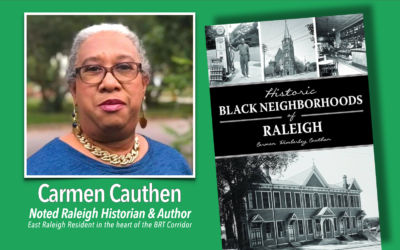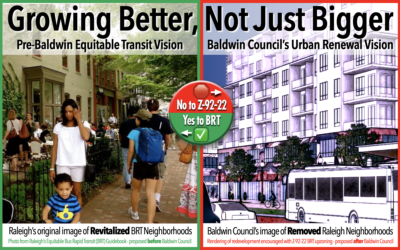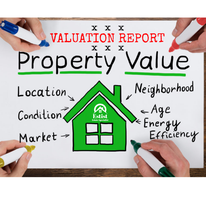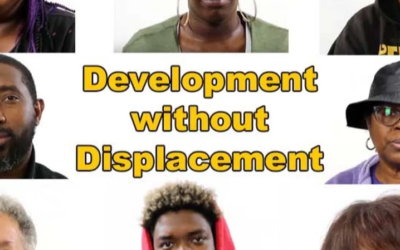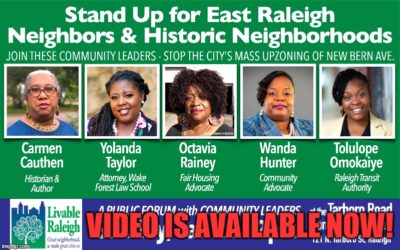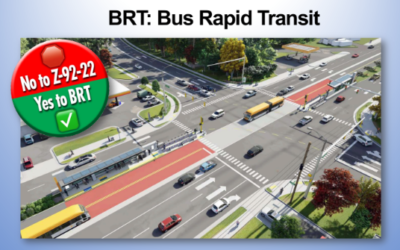I think there is a lot of good we can do here. But, I also do want to take abundant caution when it comes to the upzoning pieces.
Urgent SE Raleigh Issue
We are on notice from the City of Raleigh. If you haven’t had the opportunity to drive through Southeast Raleigh and notice the change in the place – you need to do so.
New Bern Ave Public Hearing Comments
Several members of the public spoke in opposition to the mass upzoning proposed for New Bern Ave through the city-initiated case Z-92-22. We are publishing a selection of those comments made by speakers who have given us permission to print their comments.
January 30, 2024 City Council Meeting Highlights
A. 7:00 P.M. EVENING AGENDA B. MEETING CALLED TO ORDER BY THE MAYOR C. MATTERS SCHEDULED FOR PUBLIC HEARING 1. Comprehensive Plan Amendment CP-7-22: New Bern Station Area Planning 2. Rezoning Z-92-22: New Bern Station Area Planning, 744...
Z-92, a truly deceptive, destructive plan
Please, ask yourself why staff is proposing to put the TOD overlay in place and then, head fake! Wipe it out in the same rezoning case with a totally unrelated and massive up-zoning of 744 properties. Ask yourself why Mayor Baldwin thinks that’s a good idea.
Property valuation increases come with a cost
A neighborhood is most fortunate when it is somewhere in the middle: Prosperous enough that residents can live in safety, and find it worthwhile to maintain their homes, but not so prosperous that residency is determined only by income, and the soul of the neighborhood is lost.
New Bern TOD – Redo the map – apply it strategically
On January 30th, City Council should vote against the current rezoning case and send City Planners back to the drawing board to redo the map. Wide support of the TOD can be accomplished by strategically applying it to commercial properties and open lots. You cannot reduce the displacement pressure on the existing neighborhoods when you include those very neighborhoods in the TOD!
Video from our New Bern Ave Forum is Available NOW!
Video from our New Bern Avenue Public Forum is available! If you weren’t able to attend, you can watch the video here NOW!
The Planning Commission recommends denial; you should take their advice
There are no changes or tweaks to the language that will make it acceptable. This change request by the Planning Department, not property owners, has the flavor and appearance of a public taking. If you vote in favor of this, you will be remembered as a partner in Urban Renewal.
Locals gather to hear Community Leaders discuss mass upzoning plans for New Bern Ave
An overflow crowd turned out Sunday afternoon for Livable Raleigh’s public forum to discuss a proposed upzoning of more than 700 properties along the New Bern Avenue corridor. The resounding message was to ask City Council to deny the rezoning request (Z-92-22) and to put the TOD (Transit-Oriented Development) into committee for modifications. Panelists and audience members alike expressed concern about the displacement of an entire minority community. Attendees were encouraged to attend the upcoming public hearing on January 30 at 7pm at the Raleigh Municipal Building.


